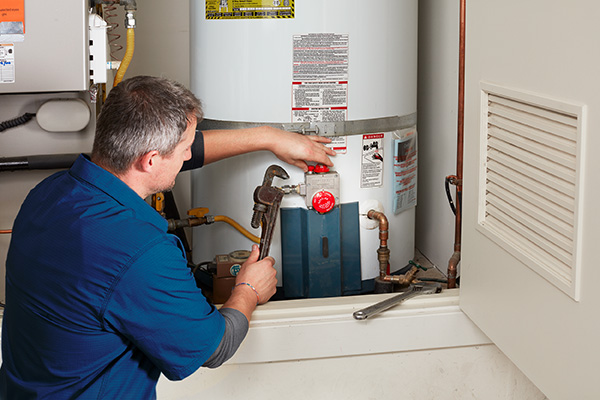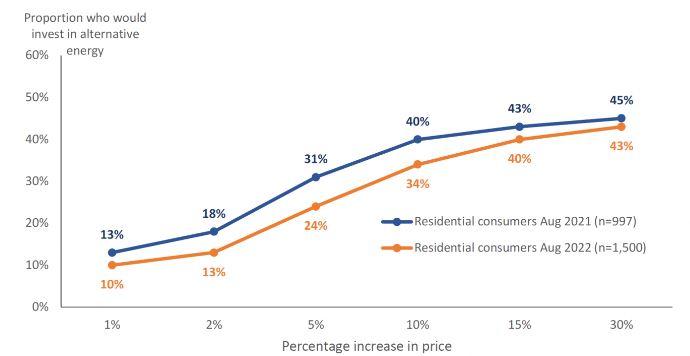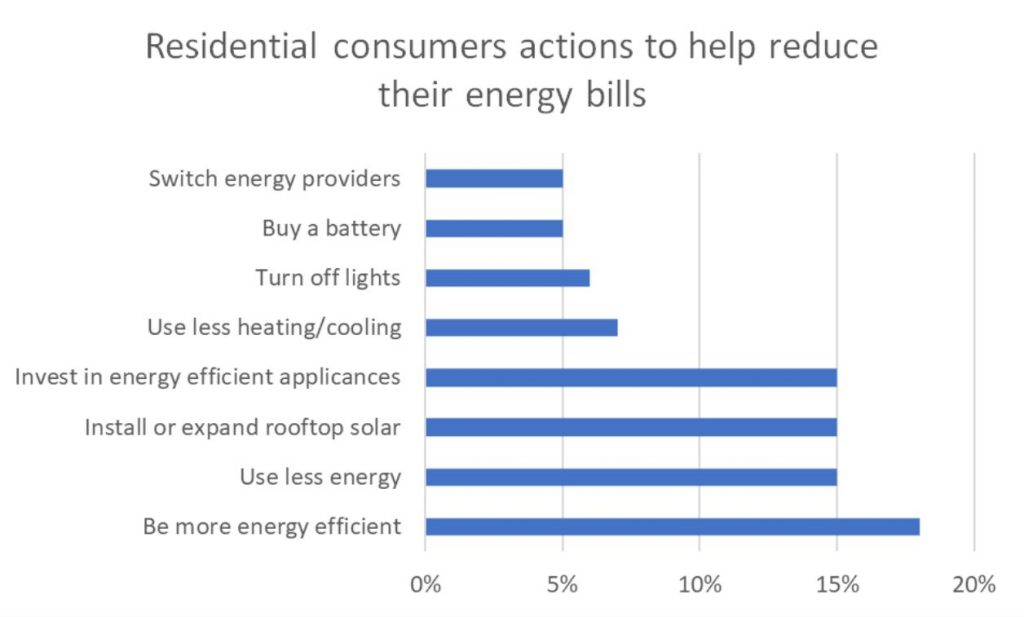
About 80% of men and 90% of women in Australia use hot showers daily. To most of us, a hot […]

Australians can feel that everything is getting more expensive.
The cost of living has increased to extreme levels, and many Australian citizens are struggling to survive in the current economic environment especially with hot water energy prices rising.
There is an increased need for systems that will operate cost-effectively and help consumers save on energy costs. The change in consumer behavior is clear with more Australians favouring efficient systems to cut costs.
This article will discuss how such fluctuations in hot water energy prices have affected consumer choices and what the future holds.
Consider this graphical representation of the increase in price vs consumers’ reactions.

Figure 1 Increase in price vs peoples reaction Source: Energy Consumers Australia
Consumers are already feeling the burden of higher energy bills and are even more worried about the future as energy is expected to become even more expensive.
This has led many consumers to look for ways that will reduce their energy consumption. Based on Energy Consumers Australia, we will go over some consumer responses below:
Consumers prefer reducing heating and cooling processes to save on energy costs. This has a great impact on hot water system usage.
Many use such systems sparingly, depending on their financial ability. However, most of those who use this approach are usually not happy with the limited freedom to use hot water to satisfy their needs.
They also face the danger of developing illnesses associated with cold if they choose to use cold water for some activities like bathing.
Australians have also considered shifting to alternative energy sources to run their hot water systems without incurring high energy costs.
One of these energy sources is solar energy, where consumers prefer purchasing solar panels and installing them in their homes, despite the high initial installation costs.
Even though the initial installation cost for solar hot water systems may be high, their running cost is lower than that of electric systems. As such, these systems will reduce the amount of money spent on grid electricity in the long run.
Other consumers opt for changing energy-providers, choosing those energy providers that offer lower energy costs. However, despite this shift, the costs might still be high, leading only to minimal savings.
Thus, shifting to other energy providers may not be a lasting solution to high energy prices.
Power sources such as solar are accompanied by storage equipment such like batteries.
Consumers who have installed solar panels on their rooftops consider buying high-capacity batteries that can store power for use when the sun goes down.
Even though solar power may not always be reliable, it can be boosted with gas and electric systems, especially during the winter season or cloudy days. Large-capacity batteries can help when it is not possible to use solar energy.
Another tactic that Australians should use to reduce energy bills is considering the installation of energy-saving equipment. For instance, some choose heat-pump water heaters over electric storage water heaters.
Heat-pump water systems use heat from the surrounding air to heat water in a storage tank. Thus, they are more efficient than electric hot water systems.
Consumers prefer such systems over more energy-consuming designs. Consider the following figure:

Figure 2 Tactics used to reduce energy bills Source: Energy Consumers Australia
However, it is not guaranteed that the hot water systems market will drop. There are mechanisms to counteract this and restore customers’ faith in these systems.
As discussed above, Australians are straining to meet their energy needs due to the rise in energy prices.
Some have chosen to develop a limited power consumption habit, where they are forced to avoid some crucial processes to save on energy bills.
This tactic makes their lives uncomfortable with some even avoiding frequent bathing. In this case, what solutions are available to encourage consumers to use hot water systems again?
First, they should consider adding solar energy sources to their systems. Australians needs to consider purchasing and installing solar panels on their rooftops, as a surplus source of energy.
Solar panels may be more expensive to purchase and install, but they provide fantastic results over the long-term. They can save energy costs by more than 60%.
Secondly, they should replace their old hot water systems with new more efficient ones. Using energy-saving appliances will help consumers save on electrical energy expenditure.
As discussed earlier, one simple example of this is opting for heat-pump heaters instead of electric hot water systems.
The rise in energy prices has led to changes in consumer behaviour, affecting the hot water systems market greatly. This market is at risk of disappearing, but there is still hope for it if customers choose alternative power sources and if better systems are designed